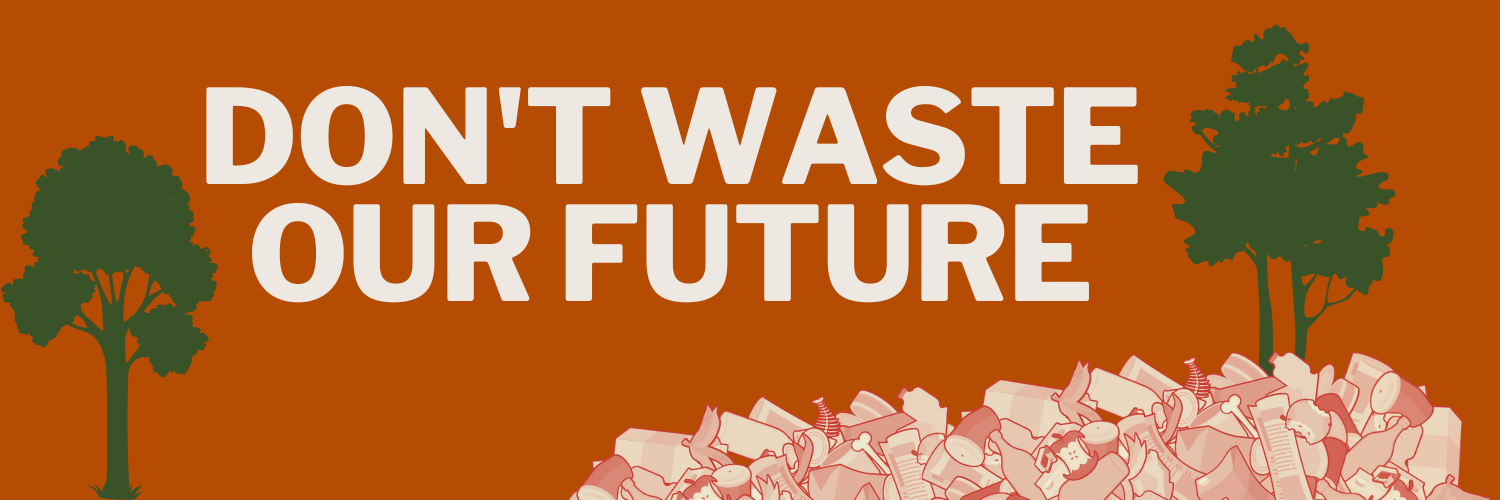Methane is bad news for communities and our climate
Methane is bad news for communities and our climate: In majority of states, landfills are the biggest industrial source of methane
There are over 1,200 active municipal landfills in the United States that, according to the Environmental Protection Agency, cost $50 billion annually to maintain. Landfills are not just inert piles of garbage. When organic waste; like food, yard and paper waste; decomposes in a landfill (mixed with inorganic garbage), it creates methane. Methane is one of the most potent greenhouse gases. t’s short-lived, which means it warms more quickly than carbon dioxide, and it packs a punch: methane is more than 85 times more powerful than carbon dioxide in the short term: it has intense, immediate effects on our climate It is estimated to be responsible for about 30 percent of global warming since industrialization.
Lowering methane emissions is one of the fastest ways to slow global warming. Countries, NGOS, and others are racing to identify and implement strategies. Well over 100 countries, including the U.S., are signatories to the Global Methane Pledge, pledging to reduce its methane emissions by 30% below 2020 levels by 2030. Here in the U.S., the EPA is in the middle of a regulatory action that proposes to reduce methane emissions from the sources it covers in the oil and gas industry by 87 percent below 2005 levels in 2030.
But what about action on municipal solid waste landfills, that are a major source of methane? Global methane emissions from municipal solid waste are accelerating: the total municipal solid waste generated annually is estimated at 2 billion metric tons and is expected to increase by 70% by 2050. In the U.S, landfills are the third biggest methane polluter, according to the EPA, and independent studies along with direct measurement of landfill emissions show that emissions are likely two to five times higher! There are over 1,200 active municipal landfills across the United States. Landfills can pose many burdens to communities: tipping fee costs, possible water contamination, air pollutants, odors, noise and truck traffic to name a few.
States have a real stake in this issue. Industrious Labs analyzed data reported to the EPA and found that in 35 states, the #1 large industrial emitter of methane emissions is a municipal solid waste landfill.
In Maryland, the Maryland Department of the Environment’s greenhouse gas inventory showed that landfills are the biggest source of methane emissions, ahead of gas, coal and livestock, shown here in this pie chart from a Department of Environment presentation:
Source: Maryland Department of the Environment, https://mde.maryland.gov/programs/Regulations/air/Documents/MSWLandfillsPresentation092120.pdf
The good news is that there are proven, cost-effective practices and technologies that would significantly mitigate methane emissions from landfills. One of those strategies is to minimize emissions from existing landfills by composting organic matter . The Maryland Department of Environment recognized this and took action. After a multi-year long process of reviewing regulations in other states, and, after engaging and hearing feedback from the public, industry, cities, and smart advocates like Environmental Integrity Project and Chesapeake Climate Action Network, the MDE has now drafted rules that would do a better job limiting methane emissions from landfills — they estimate a 25–50 percent reduction in emissions from the landfills that fall under the rule, once it’s in full effect.
Maryland’s actions to address potent methane emissions from landfills should inspire other states — and the U.S. EPA! — to take action to reduce emissions from landfills.

